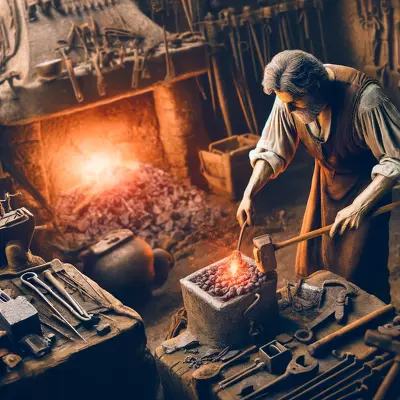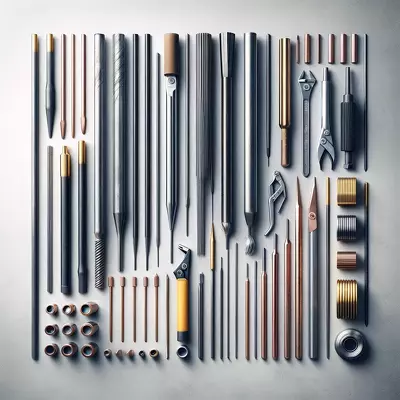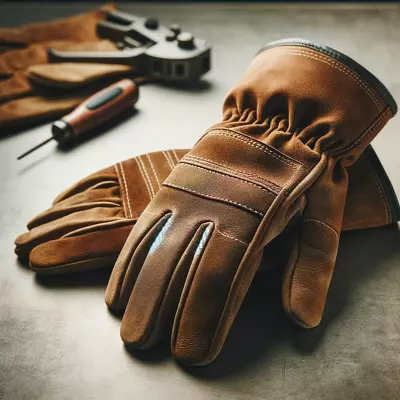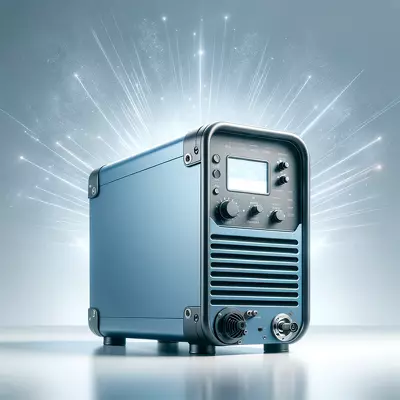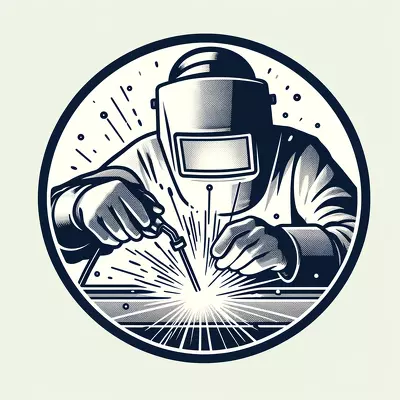The Ultimate Guide to Mastering Cast Iron Repairs with the Right Welding Rod
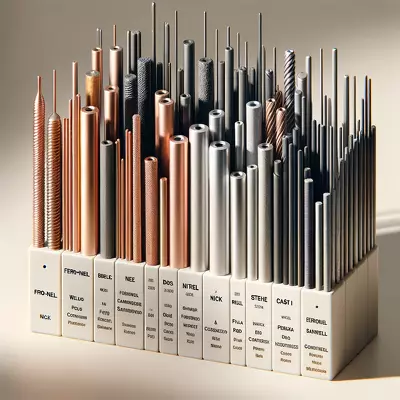
Choosing the best welding rod for cast iron is crucial for achieving strong, durable welds in cast iron projects. This guide will explore various types of welding rods suitable for cast iron, highlighting their features and benefits. By understanding the differences, welders can select the most appropriate rod for their specific needs, ensuring high-quality results in their metalwork endeavors.
As an Amazon Associate, we earn a commission from qualifying purchases.
I. Introduction
Exploring the intricacies of selecting the ideal welding electrodes for cast iron repair is crucial for achieving successful, durable welds. This article delves into the various types of electrodes available, their applications, and how to choose the right one based on the nature of your welding project.
II. Understanding Welding Rods for Cast Iron
A. Importance of Matching Rod to Cast Iron Type
Choosing the appropriate welding rod for the specific type of cast iron you are working with is paramount. The correct rod ensures not only the strength of the weld but also its longevity and resistance to cracking under stress.
B. Impact of Cast Iron Thickness on Rod Selection
The thickness of the cast iron piece influences the size and type of welding rod used. Thicker cast iron requires a rod that can produce a deeper weld pool to penetrate and bond the material adequately.
III. Types of Welding Rods for Cast Iron
A. Nickel Welding Rods
- Benefits of High Nickel Content
Nickel welding rods are prized for their ability to handle the expansion and contraction of cast iron during the welding process, which significantly lowers the risk of cracking. The higher the nickel content, the more pliable the weld, enhancing its ability to cope with stress without failing. - Varieties and Applications
Nickel rods come in various grades, each suited to different welding scenarios. Their versatility makes them a preferred choice for both amateur and professional welders.
B. Ferro-Nickel Welding Rods
- Cost-Effectiveness and Performance
Ferro-nickel rods offer a more budget-friendly alternative to pure nickel rods. They provide a good balance between cost and performance, especially suitable for applications requiring less flexibility from the weld. - Suitability for Welding Cast Iron to Steel
These rods are particularly effective for projects that involve joining cast iron to steel, providing a robust weld that can handle differing expansion coefficients of these metals.
IV. Best Welding Rods for Cast Iron Repairs
A. ENiFe-CI 55% Nickel Cast Iron Welding Electrode Rods
The ENiFe-CI 55% Welding Rods are well-suited for general cast iron repair, providing a medium nickel content that offers a good compromise between weldability and cost.
B. ENiCl – 99% Nickel Cast Iron Welding Electrode
The ENiCl with 99% nickel content is ideal for projects requiring maximum ductility and minimal risk of cracking, especially in highly stressful environments.
C. Weldcote Metals Nickel 99 Cast Iron Welding Electrode
Similar to the ENiCl 99%, the Weldcote Metals Nickel 99 welding rods also provide excellent flexibility and are preferred for their exceptional performance in severe service conditions.
D. ENi-CI 99% Nickle Cast Welding Electrode Rods
Offering the highest nickel content, the ENi-CI 99% Nickle Cast Welding Electrode Rods are best for demanding applications where weld integrity is crucial.
V. Choosing the Right Welding Rod
A. Considerations for Different Types of Cast Iron
The alloy content and microstructure of the cast iron affect which welding rod is best suited for the job. Some rods are designed specifically for gray cast iron, ductile iron, or malleable cast iron.
B. Selecting Rods Based on Cast Iron Thickness
The diameter of the rod should generally match the thickness of the cast iron. Thicker sections might require a rod that can produce more heat and deeper weld penetration.
C. Recommendations for Beginners and Experienced Welders
Nickel or ferro-nickel rods might be easier for beginners to handle due to their forgiving nature regarding weld cracking. Experienced welders can opt for specialized rods that cater to specific types of cast iron or applications.
VI. FAQs
Q: What is the best general-purpose welding rod for cast iron?
A: ENiFe-CI 55% Nickel rods are excellent for general repairs, providing a good balance between performance and ease of use.
Q: Why is high nickel content beneficial in welding rods for cast iron?
A: High nickel content offers greater flexibility, reducing the likelihood of weld cracks due to thermal expansion.
Q: Can I use ferro-nickel rods for welding cast iron to steel?
A: Yes, ferro-nickel rods are well-suited for joining cast iron to steel, thanks to their robustness and compatibility with both metals.
Q: What should I consider when choosing a welding rod for thick cast iron?
A: For thick cast iron, choose a rod that can generate enough heat to penetrate deeply and bond the material effectively.
Q: Are there welding rods specifically for ductile or malleable cast iron?
A: Yes, certain rods are formulated specifically for welding ductile or malleable cast iron, focusing on preserving their mechanical properties.
Q: What welding rod is recommended for highly stressful environments?
A: For environments where welds are subjected to high stress, rods like ENiCl – 99% Nickel or Weldcote Metals Nickel 99 are recommended due to their high flexibility and strength.
Q: How do I choose the right rod diameter for welding cast iron?
A: The rod diameter should generally correlate with the thickness of the cast iron to ensure adequate heat and penetration for a strong weld.
VII. Conclusion
A. Recap of Optimal Rod Choices for Specific Needs
This guide has outlined the best practices for selecting welding rods based on the type of cast iron, project requirements, and the welder’s experience level, ensuring high-quality and durable repairs.
B. Best Practices for Successful Welding
Successful casting iron welding involves not only choosing the right rod but also adequately preparing the metal, preheating before welding, and allowing for slow cooling to prevent stress and cracking.
VIII. Suggested Readings
To further explore the techniques and technologies in welding, consider the following books, each providing valuable insights into best practices and advanced methods:
- “Welding for Dummies” by Steven Robert Farnsworth – A beginner-friendly guide covering various welding techniques, including those specific to cast iron.
- “The Welding Business Owner’s Handbook” by David Zielinski – Offers strategies for running a successful welding business, including tips on selecting materials and equipment.
- “Metallurgy and Weldability of Cast Iron” by John Campbell – Delves into the metallurgical aspects of cast iron, offering in-depth knowledge crucial for professional welders.
These resources will help both novices and seasoned professionals refine their skills and deepen their understanding of metal fabrication.

